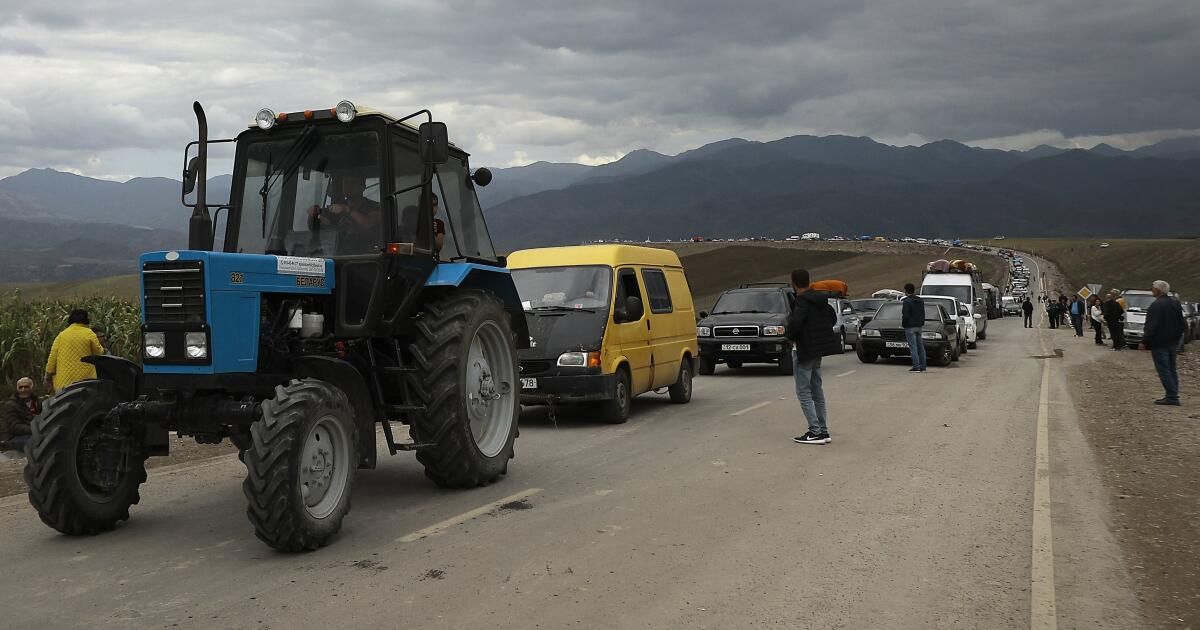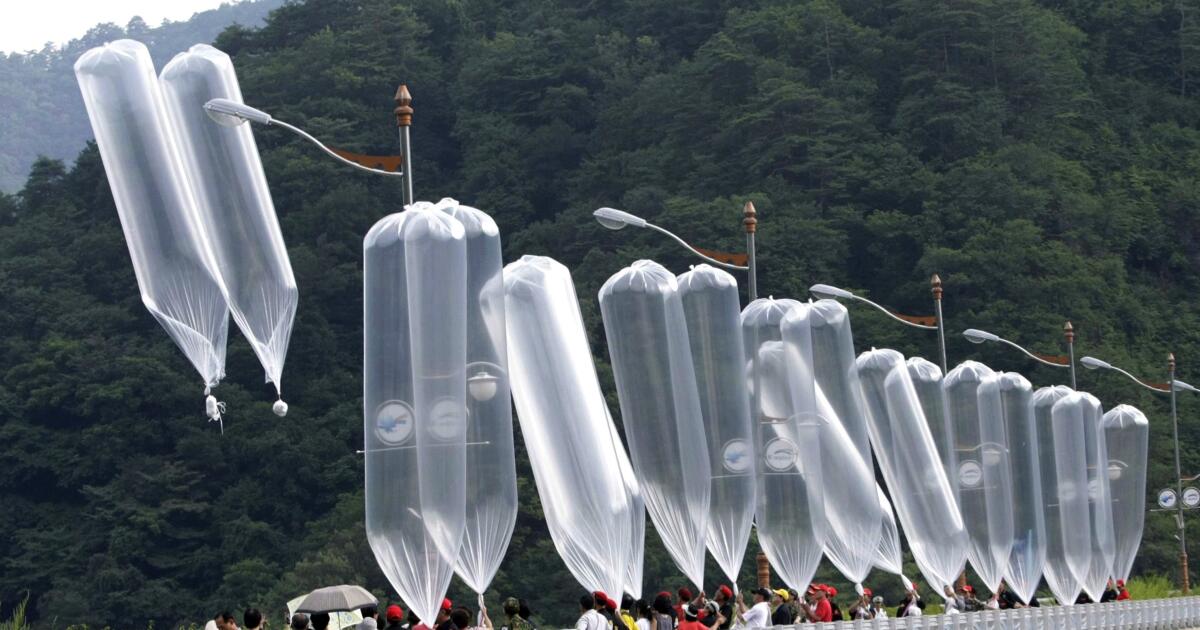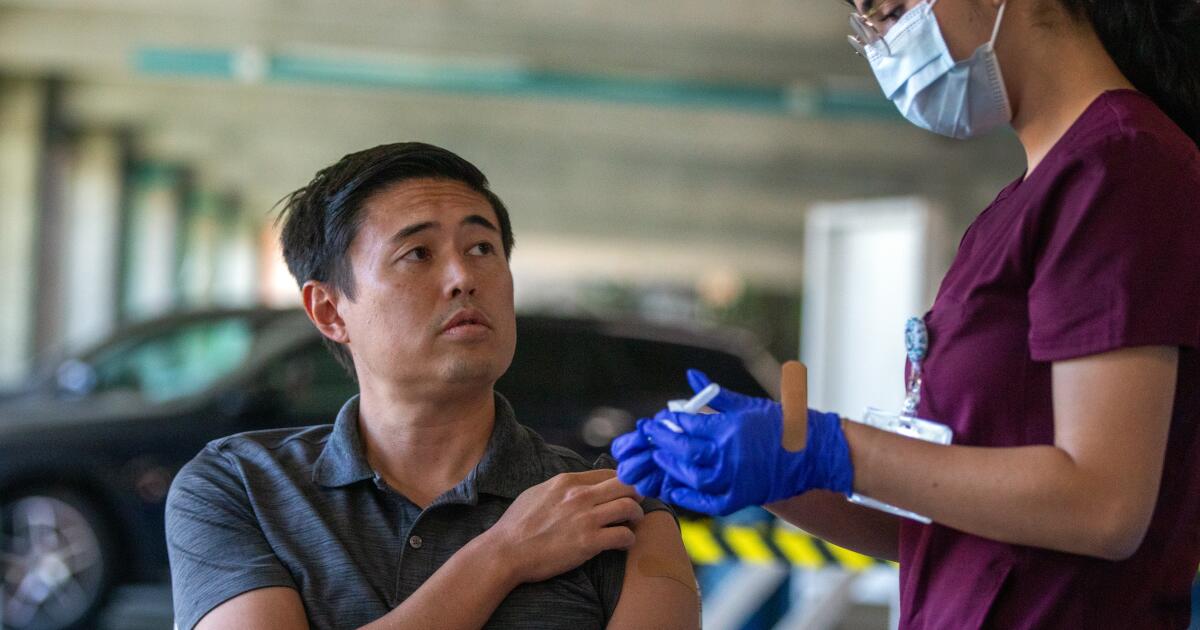My mother has two dates of birth: the one on her passport and the real one. She was born in January of the late 1960s in Beirut, Lebanon. But because her birth was not registered until ten weeks later, official documents give a date of March. Every time she makes a phone call to the bank or picks up a prescription at the pharmacy, when she is asked for a date of birth to confirm her identity, she is forced to confirm a falsehood.
Immigrant families like mine understand that what is written on paper is not always the truth. Sometimes the paper tells small lies, like my mother's birth date, and sometimes it tells monstrous lies that affect millions of people.
For the past century, Türkiye has used the power of paper to deny the Armenian genocide. Turkish History Textbooks Teaching young students that there was no genocide, but that the Turks were victims of Armenian aggression, which left them no choice but to attack the traitors who were plotting against them. A Turkish textbook estimates that there were 57,000 Armenian dead, although the real number will never be known. Historians put it this way: around 1.5 million.
This history of violence is being repeated today. Yet many people are unaware of Azerbaijan's recent attacks on Armenians in the Caucasus because, over the past four years, limited media coverage has often distorted the truth.
In 2020, with the support of Türkiye, Azerbaijan started the last genocidal campaign against the Armenians, this time in the territory of Artsakh, also known as Nagorno-Karabakh. Although this autonomous region was inhabited and controlled by Armenians, on paper there was a dispute over who owned the land.
Claiming this land as its own, Azerbaijan decapitated civiliansIt exploded residential areas with cluster munitions. Even after a ceasefire was declared in November 2020, attacks continued and tensions rose. Then, starting in December 2022, Azerbaijan trapped and starved the men, women and children of Artsakh in an illegal blockade, cutting off access to food, medicine and humanitarian aid. In September, after nine months of psychological and physical torment, Azerbaijan launched a final attack This would force the region to surrender and its Armenian population to flee, which would in effect mean ethnic cleansing of Artsakh and its people.
While Artsakh Armenians documented and shared the horrors of their mass exodus on social media, diaspora Armenians witnessed their suffering and watched, in real time, a modern-day replay of the death marches our ancestors had undertaken. Meanwhile, the international community saw no further than what they were told on paper.
Much of the few simultaneous reports on this conflict—reports that have largely disappeared over the past year—would include some version of the misleading statement that Artsakh is Internationally recognized as AzerbaijanIn other words, one of the first facts the media usually establishes about Artsakh is that the land belongs to Azerbaijan on paper, which creates a sense of justification for its violence.
The statement is misleading; it is true, but it is not the truth. In the 1920s, although The population of Artsakh was 90% Armenian.The USSR debated which Soviet republic the region would officially align itself with. Armenia was poor and faced a refugee crisis following the Armenian genocide, while Azerbaijan had vast oil reserves. So the Soviets prioritized economics over autonomy.
For decades, Armenians have been calling for the demarcation of these borders to be changed. More than 100,000 protesteddemanding recognition of Artsakh as Armenia. They were denied the changes for fear of inciting other demands for border adjustment by nations across the Soviet Union. When the USSR collapsed in 1991, war broke out in Artsakh between the majority ethnic Armenian population and Azerbaijan. The war continued for years, killing over 30,000 people on both sides, until Armenia eventually won. Yet, still, the borders did not change on paper. Despite being inhabited and controlled by Armenians, and functioning as an unofficial extension of Armenia, Artsakh remained “internationally recognized as Azerbaijan.”
Since its military defeat in the 1990s, Azerbaijan has employed A state-sponsored campaign of cultural erasure It is similar to Turkey's tactics. In Azerbaijani literature, positive references to Armenia or Armenians have been eliminated. It is as if we cannot exist in Azerbaijan, not even as fictional characters.
And now we can no longer exist in Artsakh. In September, a The decree was signed declaring that the region would be dissolved and cease to exist as of January 1, 2024. Today, the Armenian territory of Artsakh no longer exists on paper.
With Artsakh in its possession, Azerbaijan has come closer to achieving shared goals with Turkey. If you look at a map, you will see that the only thing standing between Azerbaijan and Turkey, on paper and on land, is Armenia and therefore the Armenians. Officials in these countries have described the Turks and Azeris as “one nation, two states,“which explains its long-standing intention to connect its non-contiguous borders by Building a transport corridor Through ArmeniaThis would clearly violate Armenia's territorial sovereignty; however, due to The information negligence of the media and the failure of the international community to condemn Azerbaijan's violence, these allies have been emboldened to Disregarding the integrity of the Armenian people and nation.
But there is something more concrete than paper. Armenians have lived and died on this land for millennia. Rocks and stones in thousand-year-old Armenian churches and monasteries are engraved with Armenian inscriptions. Gravestones in centuries-old cemeteries are engraved with Armenian names. Why are these recorded facts not presented alongside what a source as thin, transparent and fragile as paper tells us?
Because we have not asked this question, this evidence — the cultural heritage of the Armenians — is being actively destroyed For Azerbaijan, just as our presence is being erased from their books.
And we are all guilty. We are not taught to question the role. We do not understand its limitations. If we do not want those in power to use our ignorance as a weapon, we must be aware of whose interests the role serves. It is our responsibility to ask questions in search of the longer, deeper story that needs to be told.
Taleen Mardirossian is working on a collection of essays documenting the erasure violence committed against her ancestors. She teaches writing at Harvard University.












